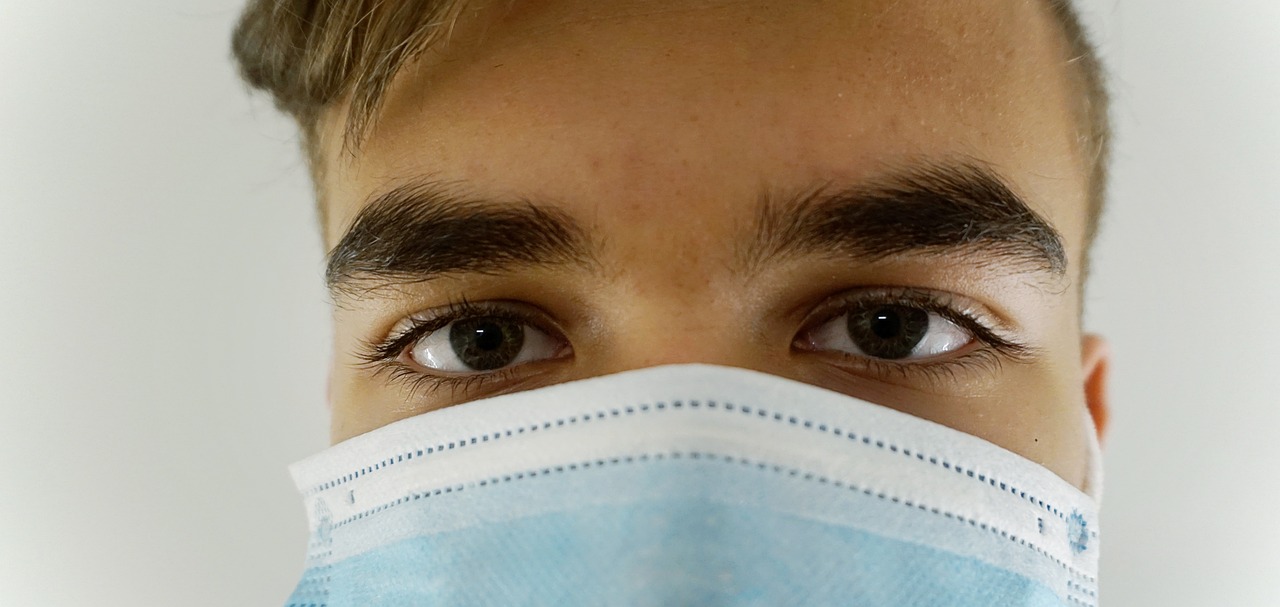Supplements and Sight: Key Recommendations for Optimal Eye Health Our eyes are one of the most vital organs in our body, allowing us to see and experience the world around us. However, with the increasing use of digital devices and exposure to harmful environmental factors, maintaining optimal eye health has become a challenge for many. Thankfully, there are several supplements and practices that can help protect and enhance our vision. In this article, we will explore some key recommendations for optimal eye health. One of the most important nutrients for eye health is omega-3 fatty acids. These essential fats are found in high concentrations in the retina and are crucial for maintaining proper vision. Incorporating omega-3 rich foods such as fatty fish (salmon, mackerel, and sardines), flaxseeds, and walnuts into your diet can provide the necessary nutrients for healthy eyes. If you struggle to consume enough omega-3 through your diet, consider taking a high-quality fish oil or omega-3 supplement. Another vital nutrient for eye health is lutein and zeaxanthin. These antioxidants are found in high concentrations in the macula, the central part of the retina responsible for sharp vision. Lutein and zeaxanthin help filter harmful blue light and protect the eyes from oxidative damage. Leafy green vegetables like spinach, kale, and collard greens are excellent sources of these nutrients. If you find it challenging to consume enough leafy greens, consider taking a lutein and zeaxanthin supplement. Vitamin C is also essential for maintaining healthy eyes. This powerful antioxidant helps protect the eyes from damage caused by free radicals and supports the health of blood vessels in the eyes. Citrus fruits, strawberries, bell peppers, and broccoli are excellent sources of vitamin C. If you struggle to consume enough vitamin C through your diet, consider taking a vitamin C supplement. In addition to supplements, adopting healthy lifestyle habits can significantly contribute to optimal eye health. Protecting your eyes from harmful UV rays by wearing sunglasses and using protective eyewear when necessary is crucial. Taking regular breaks from digital screens, practicing good hygiene by washing your hands before touching your eyes, and getting regular eye check-ups are also essential for maintaining healthy eyes. In conclusion, taking care of our eyes is crucial for overall well-being. By incorporating omega-3 fatty acids, lutein and zeaxanthin, and vitamin C into our diets, along with adopting healthy lifestyle habits, we can support optimal eye health and protect our vision for years to come. Remember, prevention is always better than cure when it comes to our precious eyesight.










